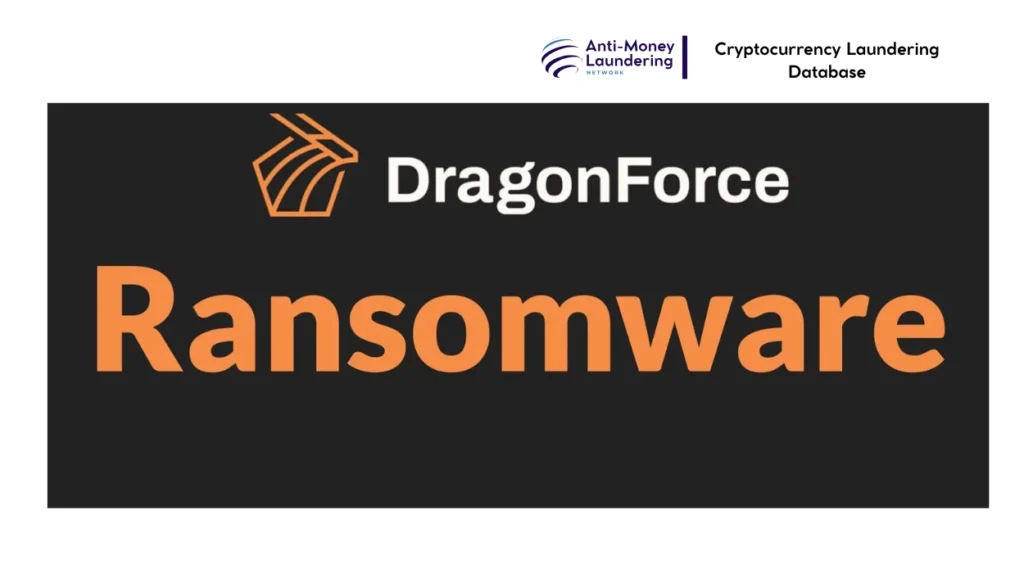The DragonForce ransomware case highlights the growing threat of cybercrime and cryptocurrency-based money laundering in Saudi Arabia’s evolving digital economy. Despite regulatory progress, the gang exploited gaps in enforcement and technology to extort millions in Bitcoin, using advanced obfuscation techniques and ransomware-as-a-service networks. This case underscores the urgent need for stronger crypto-tracing tools, cross-border collaboration, and enhanced cybercrime response capabilities.
The DragonForce ransomware gang exemplifies the growing threat of cybercrime-facilitated money laundering in Saudi Arabia’s digital economy. Targeting high-value sectors like real estate and construction, the gang executes ransomware attacks, encrypting critical data and demanding Bitcoins as payment under tight deadlines tied to cultural events such as Ramadan. Using advanced ransomware-as-a-service tools, encrypted communication methods, and an extensive underground affiliate network, DragonForce obfuscates ransom transactions across multiple cryptocurrency wallets and platforms, complicating traceability. Despite Saudi Arabia’s regulatory advances imposing strict AML requirements on crypto exchanges and digital payments, the enforcement capability to detect and disrupt these laundering schemes remains limited. The gang’s activities highlight vulnerabilities in Saudi Arabia’s financial ecosystem exploited via cryptocurrency laundering to convert and integrate criminal proceeds safely, posing significant risks to national economic security and the integrity of emerging digital finance channels.

